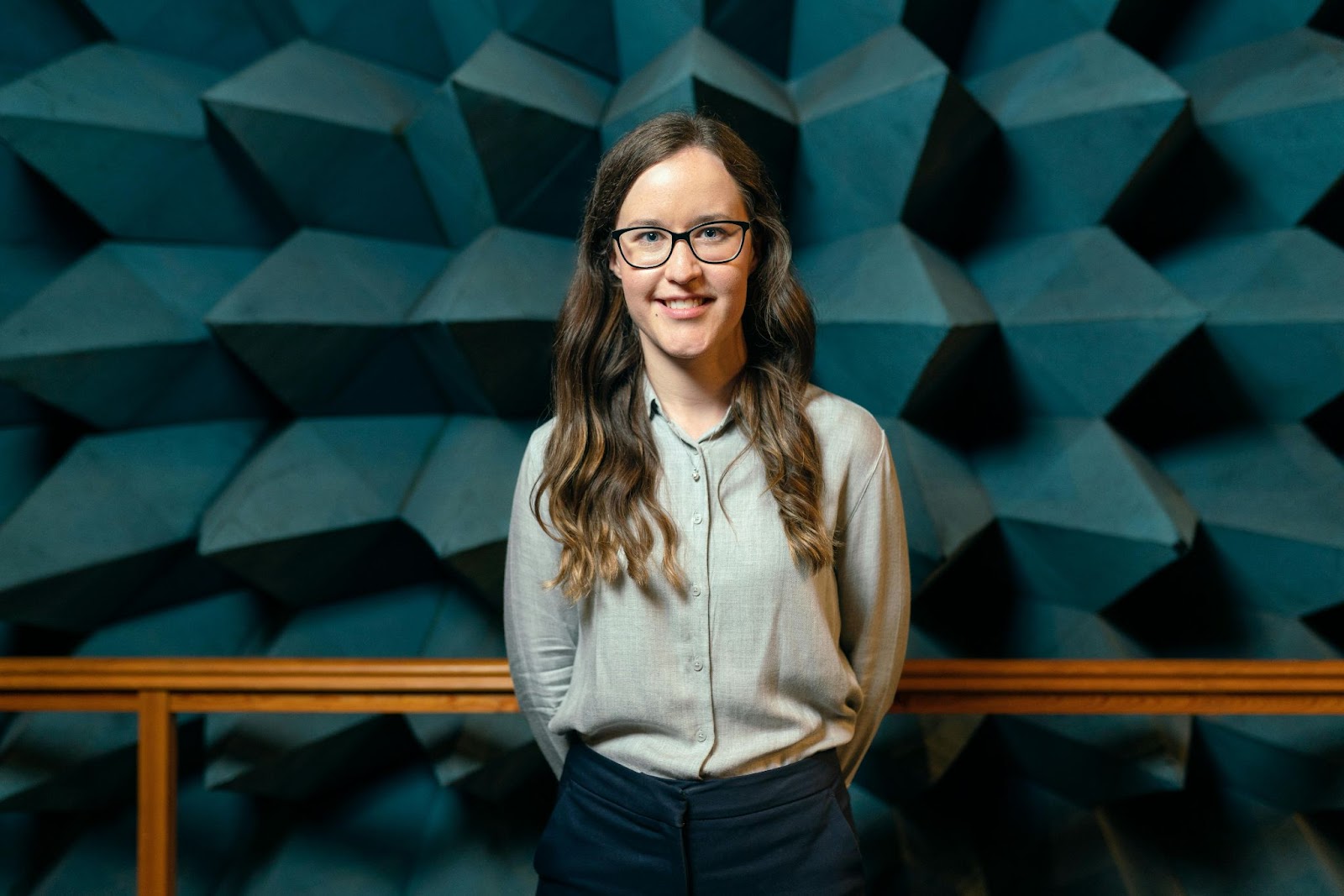How Many Acoustic Panels Do I Need for My Studio?
How Many Acoustic Panels Do I Need for My Studio?

Designing a recording studio or home studio requires careful attention to acoustics.
Echoes, reverb, and unwanted noise can ruin sound quality, making it essential to use acoustic panels effectively. But how many panels do you actually need?
This guide explains the factors to consider and provides actionable steps to determine the optimal number of panels for your studio.
Why Acoustic Panels Are Essential for Studios
Acoustic panels absorb sound waves, reduce echoes, and create a more controlled audio environment. In a studio, they:
Improve sound clarity for better recording and mixing.
Reduce reverb for cleaner playback.
Minimize external noise interference.
Whether you’re a podcaster, musician, or sound engineer, high-quality acoustic treatments ensure your recordings meet professional standards.
Factors to Consider When Determining Panel Quantity

Several factors influence how many acoustic panels you’ll need in your studio:
1. Room Size and Shape
Larger rooms typically require more panels because sound waves have more surfaces to bounce off. Similarly, irregularly shaped rooms may need additional panels to address corners and unique surfaces.
2. Purpose of the Studio
Recording Studio: Requires extensive coverage to eliminate unwanted reflections.
Mixing Room: Needs precise acoustic treatment to ensure accurate sound perception.
Podcasting Space: It may need fewer panels but still requires sound absorption for clear audio.
3. Material and Type of Acoustic Panels
The effectiveness of your acoustic treatment depends on the type of panels you choose.
Acoustic foam panels are ideal for small to medium-sized rooms. They are lightweight, affordable, and easy to install.
Fabric-covered fibreglass panels offer superior absorption for professional-grade studios.
4. Existing Room Features
Hard surfaces like concrete or glass amplify sound reflections, requiring more panels. Carpets, curtains, and furniture naturally absorb some sound, reducing the need for excessive treatment.
How to Calculate the Number of Acoustic Panels
Step 1: Measure Your Room
Start by calculating the surface area of your studio:
Measure the walls, ceiling, and floor.
Identify flat, hard surfaces that reflect sound waves.
Step 2: Determine the Coverage Area
Experts recommend covering 15–30% of the total surface area for general studio use. For high-quality recordings, you might need up to 50%.
Step 3: Identify Reflection Points
Reflection points are areas where sound waves bounce off surfaces directly to your ears. These points are the most critical to treat. To locate them:
Sit in your usual position and have someone hold a mirror against the walls.
Mark the spots where you see your speakers' reflections.
Step 4: Add Corner Bass Traps
Low-frequency sounds accumulate in corners, creating muddiness in your recordings. Use bass traps in addition to wall-mounted acoustic panels.
Recommended Panel Quantities Based on Room Size
Small Studio (10x10 feet)
Coverage: 15–20 panels.
Placement: Focus on walls, ceiling reflection points, and corners.
Medium Studio (12x15 feet)
Coverage: 20–30 panels.
Placement: Distribute panels evenly, with extra focus on mixing and recording zones.
Large Studio (20x20 feet or larger)
Coverage: 30–50 panels.
Placement: Use a combination of wall panels, acoustic foam panels, and ceiling treatments.
Strategic Placement of Acoustic Panels
The key to effective soundproofing is strategic placement. Here’s how to optimize panel locations:
1. First Reflection Points
These are the most critical spots for sound clarity. Place panels at:
Wall points near speakers.
Ceiling above the listening position.
2. Corners and Edges
Low-frequency sounds, or bass, accumulate in corners. Install bass traps or thicker panels here.
3. Rear Wall
Treat the back wall of your studio to prevent sound waves from bouncing back toward you.
4. Ceiling
Install panels on the ceiling if you notice echoes from above, especially in rooms with high ceilings.
Tips for Maximizing Acoustic Panel Efficiency
Use Diffusers: Combine absorption panels with diffusers to balance sound treatment. Diffusers scatter sound waves evenly, preventing a “dead” sounding room.
Layer Panels for Better Coverage: Stack multiple panels for maximum absorption in areas with heavy reflections.
Experiment and Adjust: After installation, test your studio’s acoustics and make adjustments as needed.
Common Mistakes to Avoid
Overloading the Room
Too many panels can overly dampen the room, resulting in a lifeless sound. Balance absorption and diffusion.
Ignoring Bass Frequencies
Standard panels don’t handle bass well. Use bass traps for low-frequency absorption.
Uneven Distribution
Concentrating panels in one area won’t provide uniform sound treatment. Spread them across the room.
Cost Considerations
Basic Setup
You can start with affordable acoustic foam panels for a small home studio. A package of 12–24 panels typically costs $50–$200.
Advanced Studio
Invest in higher-quality panels for professional-grade results. Depending on size and material, prices range from $50 to $150 per panel.
DIY Panels
Build your own panels using wood frames, fabric, and insulation for a budget-friendly solution.
Summing Up
Investing in acoustic panels is essential for creating a functional and professional studio. They reduce unwanted noise, improve sound clarity, and make your recordings sound more polished. Whether you’re setting up a small home studio or a large commercial space, understanding your room’s acoustic needs ensures you get the right number of panels for optimal results.
Start enhancing your studio today with high-quality acoustic foam panels. This small investment can make a big difference in the quality of your work!
Luke Fitzpatrick
Tech Expert
Luke Fitzpatrick has been published in Forbes, Yahoo! News and Influencive. He is also a guest lecturer at the University of Sydney, lecturing in Cross-Cultural Management and the Pre-MBA Program. You can connect with him on LinkedIn.
Trending
1 Bryan Cranston's Net Worth, Ethnicity, and Iconic Role as Walter White in Breaking Bad
Aaqil Ashraf2 Meet the 2024 Booker Prize Winner Samantha Harvey: The Literary Architect Behind Orbital
Riddhi Doshi3 Top 10 Celebrity-Obsessed UK Areas
Daniel Hall4 Machine Gun Kelly's Net Worth, Ethnicity and Musical Career
Aaqil Ashraf5 Best Matching Christmas Outfits & Pajamas for Couples
Aaqil Ashraf

